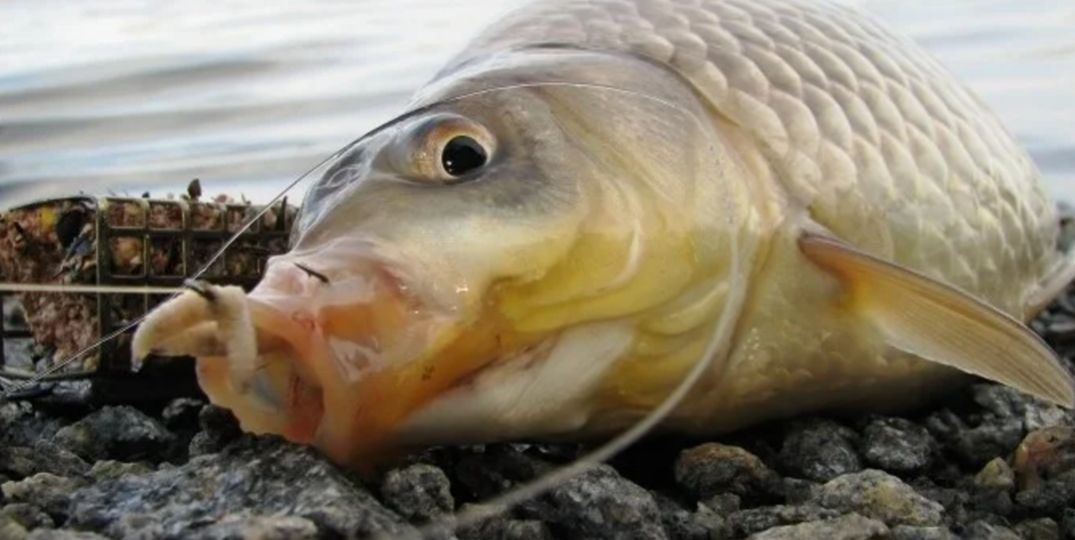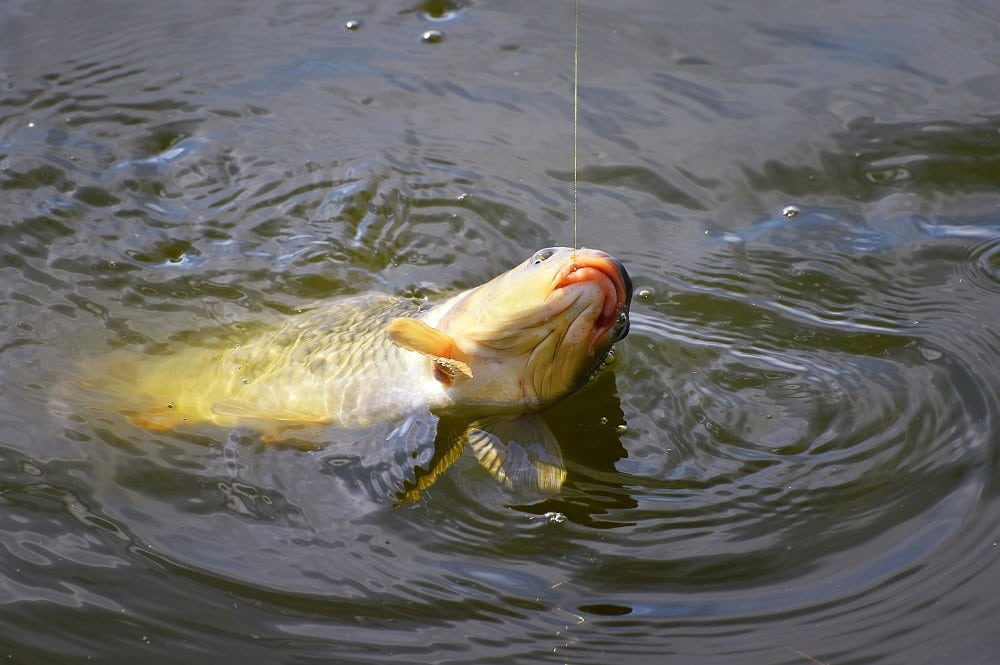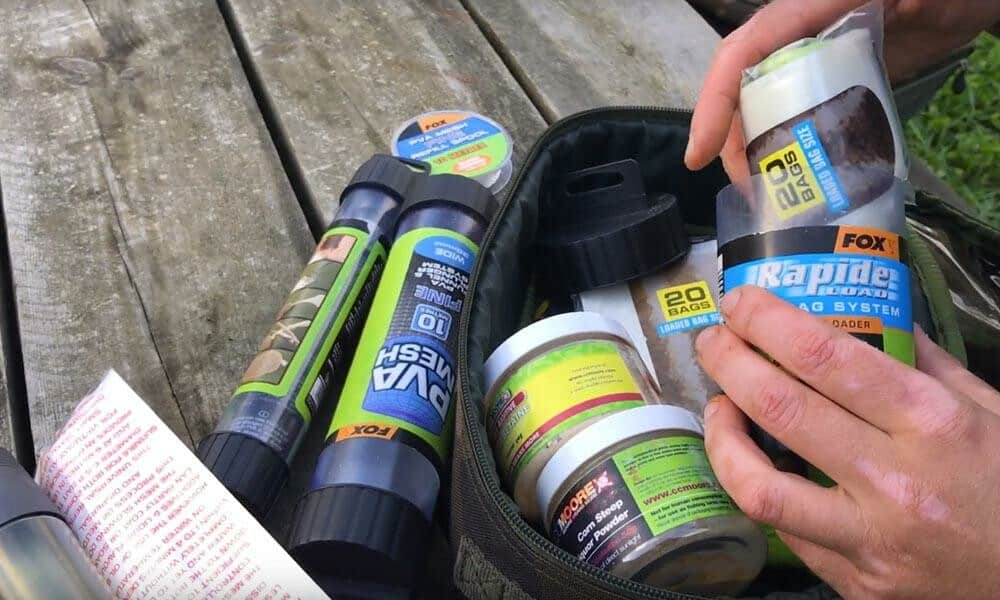Carp fishing
legends
often admit in articles and interviews that if they began to reassemble their carp arsenal, they would, first of all, choose a marker rod as the most versatile and in demand during the initial survey of an unfamiliar reservoir or unfamiliar fishing point. Why is it so important, how to use it and what equipment is required.
General information about the marker rod
A marker rod is required to study the bottom relief using a special
marker weight and float equipment. Directly, the work of the rod is simple: a marker tackle is thrown into the required place and due to suspenders, leading the weight along the bottom, the fisherman determines its characteristic features.
carp will not be difficult. To make the rod even more palpable in the hand, the markers are equipped with an elastic whip and flat bushings on the rings, thus increasing the surface of their contact with the line and thereby making the vibrations more sensitive. In addition, the markers have special marks at different distances, starting from the reel seat. They allow you to accurately know the depth of the fishing area. In another case, marker rods strongly resemble working sticks. Marking in carp fishing – fixing the fishing distance: https://youtu.be/qDl14BAhzHk
Marker rod equipment and work features
The basic equipment of the marker includes:
- directly the rod;
- spinning reel ;
- braided cord;
- a shock leader tied at the end ;
- marker weight and float .
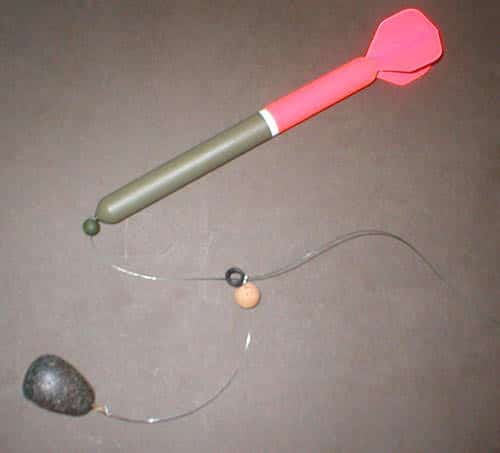
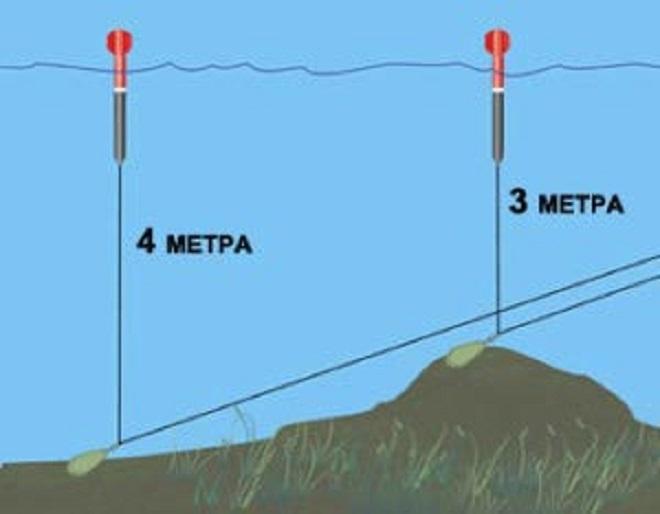
installedwithout a core. One way or another, the equipment is very simple and does not cause difficulties during assembly. However, it works effectively. First, a cast is carried out into the prospective promising area. Then, when the weight lies on the bottom, the fisherman makes slow pull-ups, watching the rattling of the whip, feeling the vibrations that are transferred from the weight along the line and the rod into the palm of his hand. Naturally, no rattling will occur on a muddy bottom, unlike a shell. In general, the more experienced the fisherman, the more accurately he will determine the structure of the bottom. Having studied all the data obtained, having understood them correctly, it is possible to determine the feeding places of the fish. To measure the depth, it is necessary to bring the float to the weight, which is at the bottom, by pulling the cord. Then, by removing the friction brake or switching the
byteraner, manually lower the cord to the set mark (usually 30 cm). And carry out this procedure until the float appears on the surface. Multiplying the number of times by 30, when the braid came down from the spool, you can determine the depth in this place with an error of several centimeters.
Coil selection
The marker coil must be:
- powerful;
- easy
- be able to wind the cord (metal spool).
An important point is the spool geometry. Ideally, it should be classic or have a reverse cone. This shape will help prevent line overlaps and beards, unlike Long Cast spools, which are mainly used for fishing lines. Further about the byteraner. It seems to make it possible to easily bleed the cord when determining the depth. It is only necessary to loosen the bytrunner, then only turn it on if you want to drop the braid. However, this mechanism directly makes the coil a little heavier, and also costs additional money, albeit small. Products without a baitruner are lighter, and, accordingly, the equipment is more sensitive. However, each time the cord is vented, it will be necessary to loosen the friction brake, and this takes a certain amount of time. Therefore, the fisherman needs to make a personal choice:sensitivity or comfort. Although today they still choose a meat grinder with a baitruner, since they are made easier and easier.
Braid and Shock Leader
Sturdy and thin cords are ideal for a marker. At the same time, you immediately need to wind the required amount of braid on a reel so that you can throw the tackle at a distance of more than 100 meters. Given the likely arc that is blown out by the wind, it will take at least 150 meters. Therefore, it is recommended to purchase a large reel, and then divide the cord for
spodand a marker or leave it in stock. A piece of thicker braid or line is used for the leader. The sinker moves better along the latter. At the same time, a little cushioning due to the extensibility of the line sometimes helps. Tapered lines are also often used, their thin part is knitted to the main braid, and the thick one plays the role of a leader. By and large, you can do without it, but in this case there is a high risk of shooting off expensive floats and weights, as well as breaking gear due to clipping by shells.
Float and weight
The float for a marker comes in a variety of designs, however, a prerequisite for any model is good flight performance. In other words, it must have great aerodynamics. For this reason, all products are equipped with stabilizers that balance the location of the float in flight. In addition, all structures are certainly painted in bright colors. This is necessary so that the float is visible from afar. There are special designs with lights for fishing at night, which are equipped with diodes and batteries. Certain models can be equipped with fasteners where the “fireflies” are installed. Marker weights also differ from their classical counterparts by installing very large spikes designed to catch on any irregularities in the bottom, transmitting information about this to the fisherman.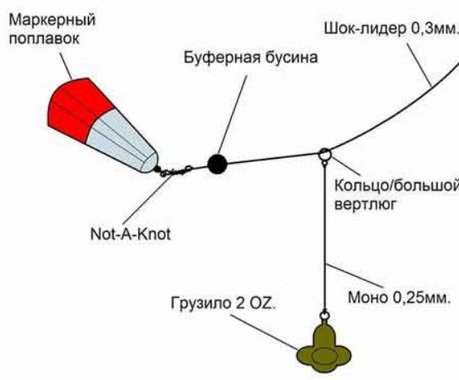
What else you need to know about marker
As you can see, the sensitive, but at the same time, powerful marker rod makes it possible to provide accurate information about the bottom relief and indicate promising areas for catching fish. Often fishermen mark the bait point with a bright float as a reference point. In fact, why exhaust the marker before feeding, since the float is the perfect guide. This point can be fed with rockets, thus making a dense bait table using spod rods. In addition, in certain situations, the marker float is in place all the time you fish, so as not to lose sight of the baited area. There is only one important point: the marker rig sometimes gets confused with the line of the working line when fishing for carp.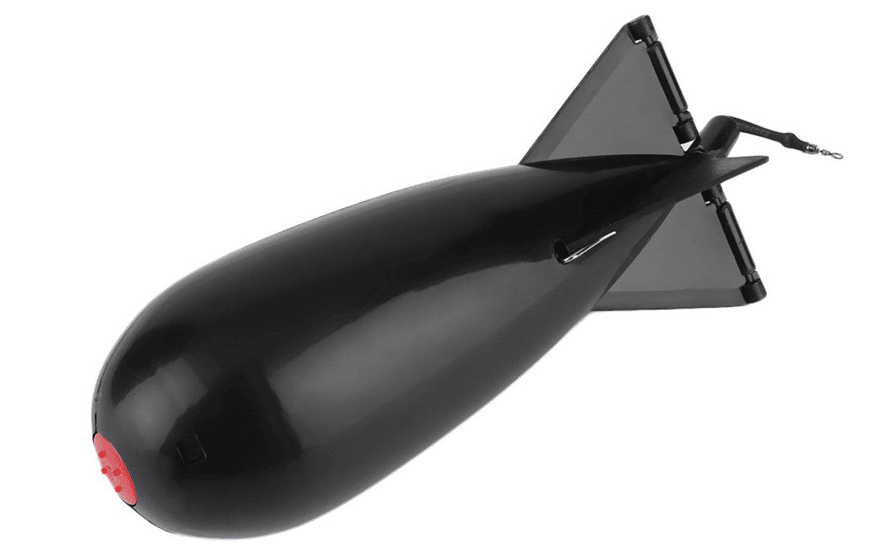
- marker;
- workers;
- spod.
Drawing up a marker map for beginners: https://youtu.be/N4jk42ykKOE Using a marker rod as a working rod, you just need to replace the spool with braided line with the same one, but with a fishing line. This is not difficult to do, given that most reels today come with a second spool. Well, and, of course, you need to take into account that the marker rod has a thinner whip, which sometimes breaks if you apply excessive force while casting the tackle. Therefore, you have to be careful and everything will be fine.

